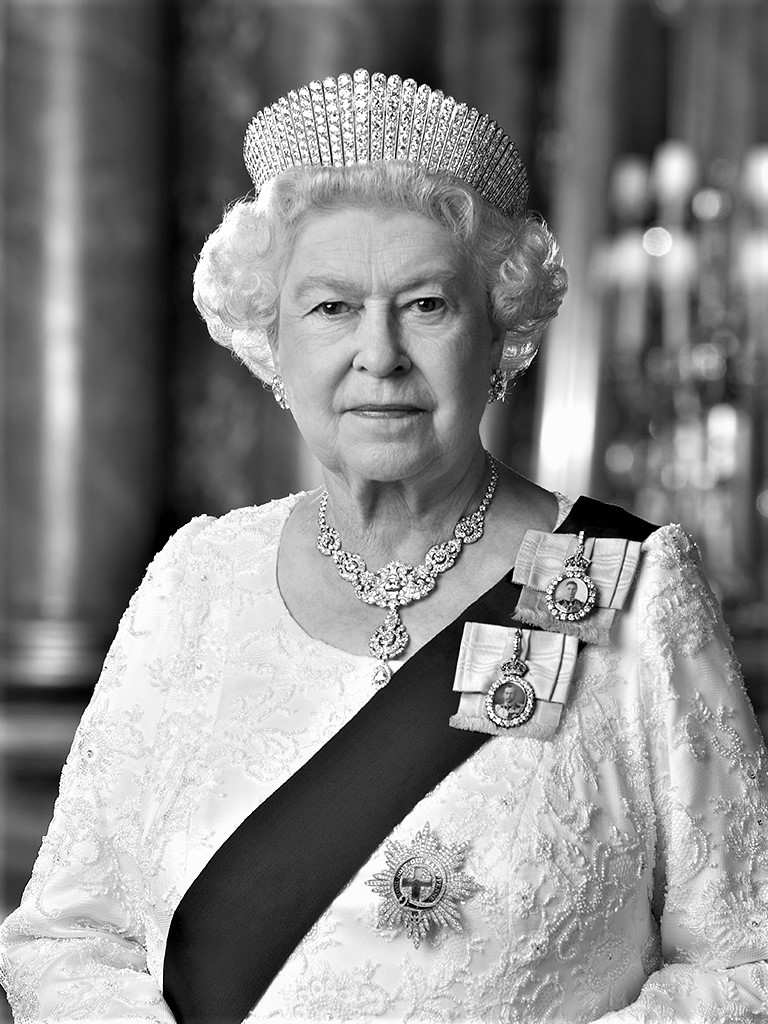Financial Sustainability
Whole life costing takes account of the cost of a product or service over its life, from determining the need for it through to its eventual disposal and replacement. For equipment, for example, it includes the costs of maintaining and operating the product as well as its outright purchase, hire or lease price; the cost of consumables, utilities, training; and the cost of disposal at the end of its life. In some case the elements that are difficult to calculate are: life expectancy, accuracy, ease of use and speed.
For services, costs such as full budget costs, overtime, staff training need to be considered when evaluating a service contract and comparing in-house costs against those of buying in the service from an external provider.
Research has shown that the purchase cost of equipment is often only a small proportion of the costs of operating it. Likewise, the costs of running and maintaining an office building are about 200 times the cost of building it. It is important to therefore to take all these elements into consideration when making procurement decisions.
Whole life costing should be applied at a strategic level to assess different options (for example, do nothing, new build or refurbishment) as part of an options appraisal exercise. It should also be used to compare the costs of buying, renting or leasing an item of equipment.
For services, costs such as full budget costs, overtime, staff training need to be considered when evaluating a service contract and comparing in-house costs against those of buying in the service from an external provider.
Research has shown that the purchase cost of equipment is often only a small proportion of the costs of operating it. Likewise, the costs of running and maintaining an office building are about 200 times the cost of building it. It is important to therefore to take all these elements into consideration when making procurement decisions.
Whole life costing should be applied at a strategic level to assess different options (for example, do nothing, new build or refurbishment) as part of an options appraisal exercise. It should also be used to compare the costs of buying, renting or leasing an item of equipment.

